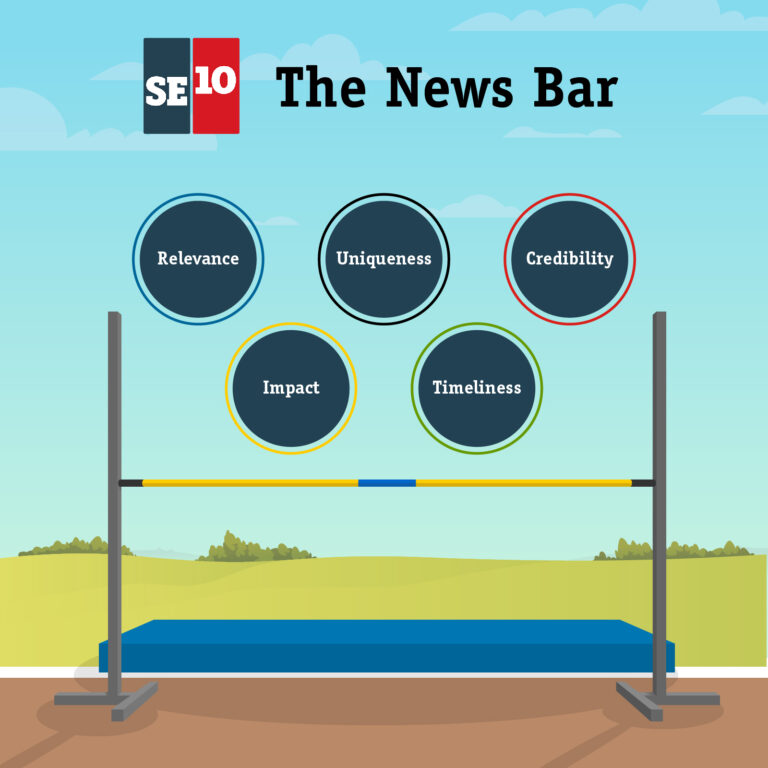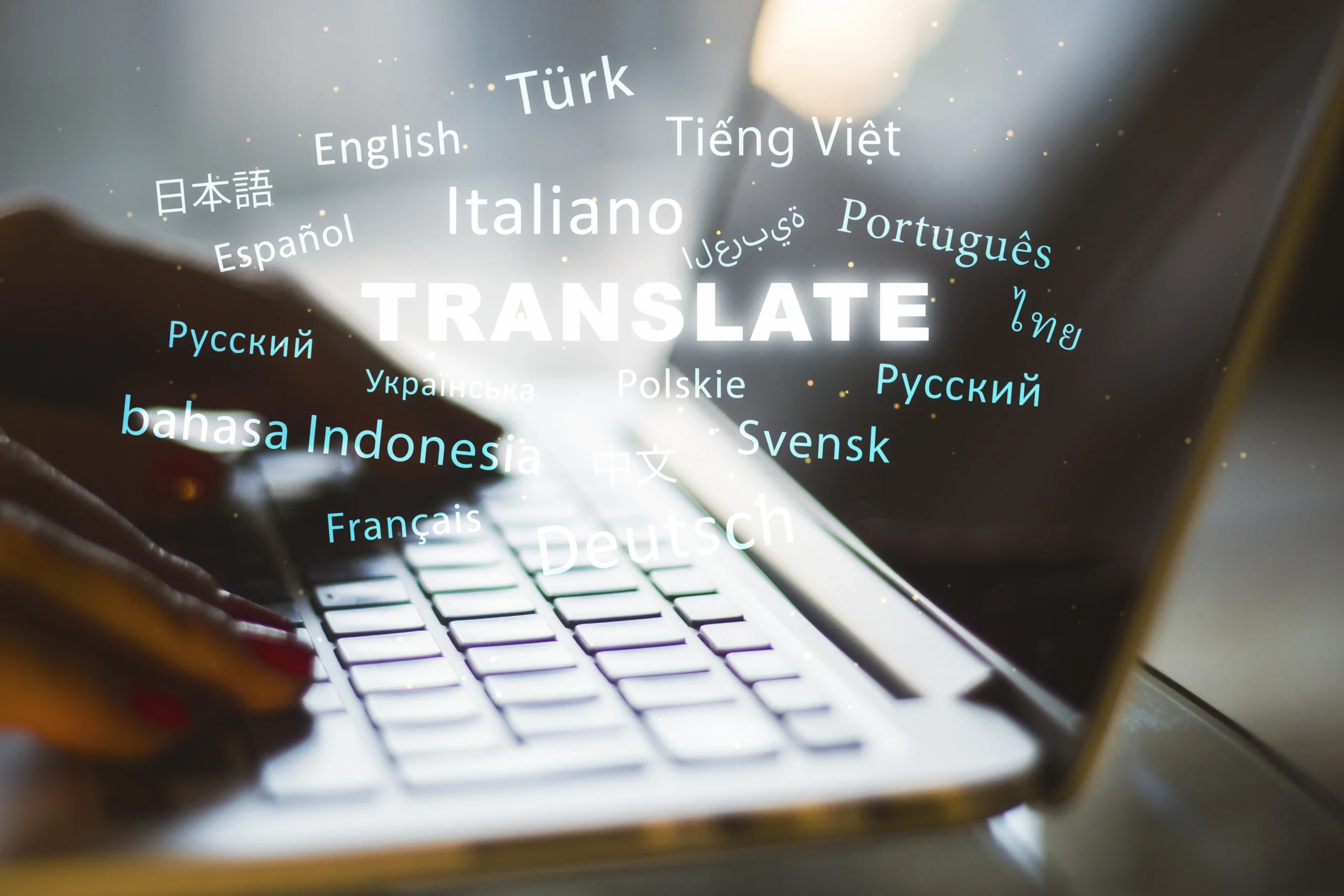While some industrial B2B publications operate on a ‘pay to play’ basis, coverage can generally be earned if content clears the all-important ‘news bar’ – the threshold editors use to gauge whether a story is genuinely newsworthy and valuable to their readers.
What makes a story newsworthy?
When crafting a media pitch or story idea, here are some key criteria our team considers to ensure it meets editors’ standards.
- Relevance: Does the story align with the interests of the publication’s audience? While it’s possible to be creative in the types of stories pitched, editors must be able to see a direct connection that makes the information relevant to their readers.
- Impact: Does the content bring something new to the table – whether by addressing industry challenges, offering innovative solutions, or marking a significant development? A story that demonstrates meaningful change or progress tends to catch an editor’s eye.
- Uniqueness: Does the pitch offer fresh insights or an angle that hasn’t been widely covered? Editors are always looking for perspectives that stand out, making it important to ensure your content delivers something truly new.
- Timeliness: Is the story tied to recent events, trends, or industry announcements? A current angle can greatly increase the appeal of your pitch.
- Credibility: Can you support your story with research, data, facts, or expert commentary? Well-substantiated content builds trust with editors and their readers. In addition, interesting stats will often capture the attention of editors.

Which types of stories have the best chance of passing the news bar?
Certain types of stories naturally tick many of the newsworthiness boxes, making them more likely to get picked up by publications. These include product launches, new partnerships, major deals, or significant industry milestones such as ‘industry firsts’ or ‘largest in the sector’.
Project or customer success stories, especially if they are recent and include quotes from those directly involved, also tend to resonate well with trade media editors, as these stories showcase real-world applications of technologies and their benefits, offering readers inspiration for their own businesses.
Achieving coverage for commentaries on recent events or industry challenges can be tougher. Timeliness is crucial and the content must provide valuable insights that help readers understand the issue in depth.
Finally, thought leadership is perhaps the most difficult to earn coverage for, as it needs to genuinely break new ground. This often requires a willingness to share bold, sometimes controversial, perspectives that challenge industry norms.
The importance of story format
Having a compelling story is just the beginning – how you present it to editors is equally crucial. For pitches, it’s important to clearly outline the story’s relevance, impact, uniqueness, timeliness, and credibility, whether in an email or phone call. Editors should be able to envision the story coming together. Additionally, ensuring that expert spokespeople are available for interviews and respecting editorial deadlines can make all the difference.
For press releases or pre-written articles, a professional, journalistic tone is key. The content should be clear, concise, and structured, making it easy for an editor to publish with minimal adjustments. Ideally, the release should be so well crafted that an editor could literally copy and paste it if they choose to, saving them valuable time.
SE10 was founded with this principle in mind. Our agency’s roots trace back to two industrial B2B magazine editors who were facing growing pressures on their time and resources. Frustrated by the effort required to transform incoming press releases into polished articles, they launched SE10 with a simple goal: to make life as easy as possible for editors. This commitment has been a cornerstone of our success.
The power of visuals
Does it matter who reaches out to the journalist?
Sometimes at SE10 we take on new clients operating in unfamiliar sectors or support existing clients to expand into markets where we may not have established media relations. So, we are used to building connections from the ground up. That said, having a longstanding rapport with journalists can make our job easier. As specialists in industrial B2B communications, we have developed a broad network of international media contacts in fields such as construction, quarrying, mining, energy, materials handling, recycling, transport, manufacturing, and water and wastewater. Some of these contacts are even former colleagues or long-time associates of our CEO, which has helped to reinforce SE10’s solid reputation in the industrial B2B PR sector. Journalists trust us to deliver quality pitches, and as a result, they’re more likely to open our emails or take our calls.
Partnering with a specialist B2B communications agency such as SE10 can benefit you in either scenario. If we’re entering a new sector, our experience in building media relations from scratch ensures a targeted approach. Alternatively, in areas where we already have established contacts, we can leverage those relationships to secure valuable opportunities. It’s a win-win situation.
When should media coverage be paid for?
Even with a robust earned media strategy, there are moments when paid opportunities can deliver substantial value – particularly if your goal is sustained visibility in a specific publication. As the media landscape evolves, many outlets face financial challenges. The shift from traditional print models – where subscriptions once provided a steady revenue stream – to an online world with more open-access content has changed the game. In this context, companies should not always expect frequent coverage without contributing in return, especially if they value certain outlets and wish to maintain a presence within them.
However, today’s paid opportunities extend far beyond conventional print ads or online banners. Many publications now offer creative options, such as sponsored video content, webinars, tailored e-newsletters, and even speaking opportunities at industry events they host. Investing in these dynamic multimedia options can not only support the outlet but also help your message reach the audience in more engaging and innovative ways.
Another strategic option is advertorials, which can allow for a deeper dive into your narrative, offering the space to highlight key messages, showcase product details, or share in-depth customer success stories across multiple pages. By collaborating closely with the publication, you can ensure that the content aligns with its audience’s interests while positioning your brand as a knowledgeable industry player for maximum impact.
Striking the right balance between earned and paid media
Crafting a successful media strategy means knowing when to focus on earning coverage and when to invest in paid opportunities. Earned media remains a cornerstone for building credibility, offering the authenticity of third-party validation that comes from an editor’s endorsement. It lends a level of trustworthiness that can be difficult to replicate through paid placements alone. But strategic paid media can complement these efforts – providing a consistent presence in key publications, supporting the journalism that keeps these outlets thriving, and creating opportunities to engage audiences in innovative, multimedia ways.
Ultimately, the best approach blends both earned and paid media, ensuring your message reaches the right people at the right time, through a mix of trusted editorial content and targeted paid initiatives. At SE10, we specialise in navigating both sides of this media landscape, helping businesses secure the visibility they need to succeed. Whether it’s crafting compelling stories that pass the news bar or leveraging paid opportunities for maximum impact, we’re here to guide you through every step of the process.
Need help with your B2B media relations strategy? Contact us today for a free consultation.

Hannah Kitchener
Associate Director
About the Author
Hannah is an associate director based in the UK, who leverages her strategic, campaign management, and written content creation expertise to support clients in the construction, energy, and materials handling sectors across Europe, the Middle East and Africa (EMEA). With a professional qualification in Journalism from the National Council of Training for Journalism in the UK, Hannah has strong interviewing and writing skills that enable her to craft compelling content for clients across multiple platforms. Her experience and knowledge of the construction, energy, and materials handling sectors, meanwhile, have helped her build a strong network of trade media contacts across the EMEA region, enabling her to secure meaningful media coverage for clients. In addition to her journalism training, Hannah’s academic qualifications have further honed her ability to communicate across cultures and languages. Having studied French and German at BA level, and with an MA in Translation, Hannah has a passion for inter-cultural communication, which is invaluable to SE10 in executing PR campaigns across multiple markets and in several languages.




